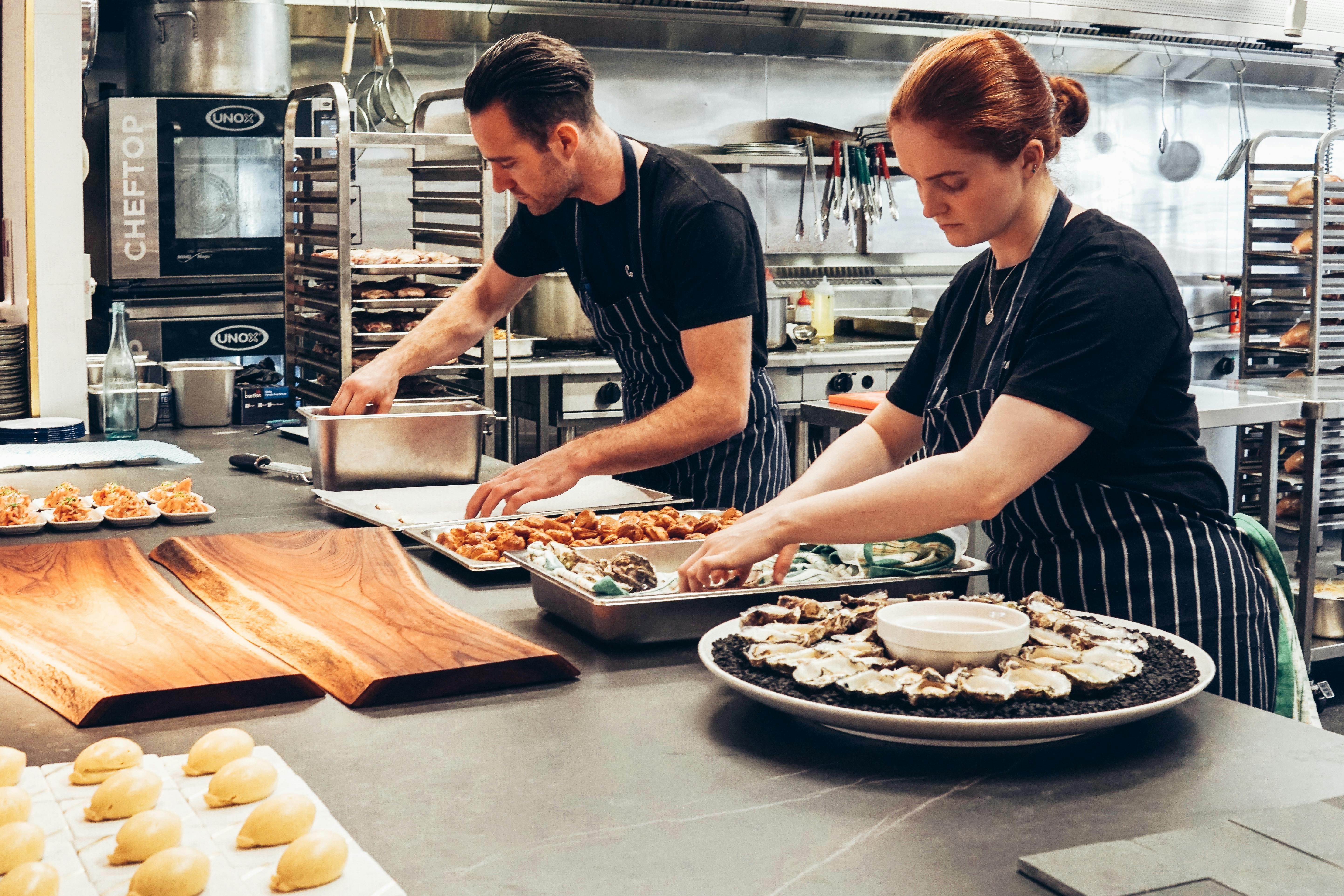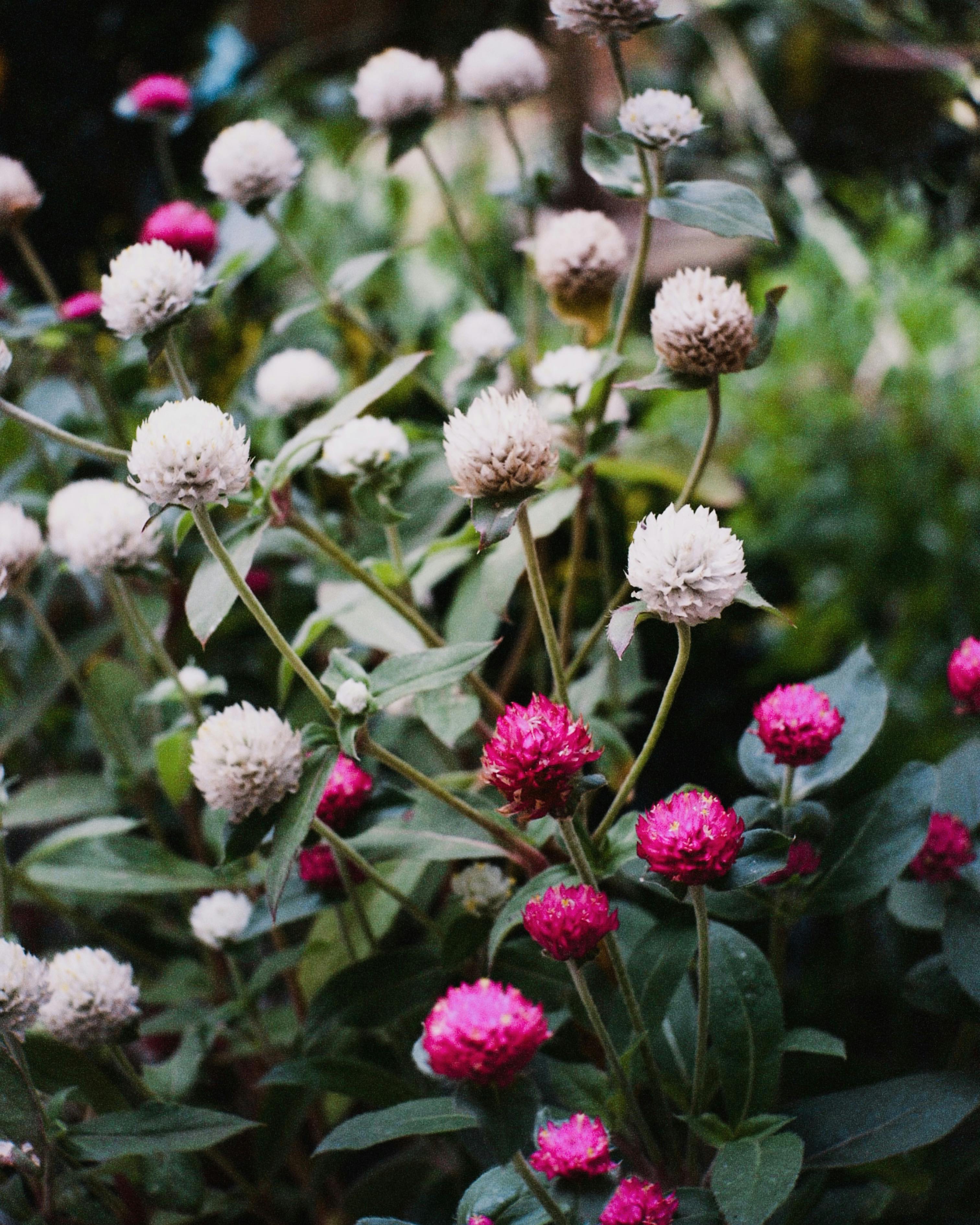
Best 7 Options for Tiny House Costs in 2025
In recent years, the tiny house movement has gained immense popularity, becoming a viable alternative for many seeking to downsize and simplify their lives. Understanding the various costs associated with tiny houses is crucial for potential homeowners looking to make informed decisions. This article will explore the best options for tiny house costs in 2025, including construction expenses, financing options, and essential budgeting tips.
Choosing to live in a tiny house not only allows individuals to embrace a minimalist lifestyle but also helps reduce expenses related to traditional home ownership. Key takeaways will guide you through the costs of building a tiny home, its financial implications, and how to make the best design choices efficiently and economically.
Understanding Tiny House Costs
Before diving into specific costs, it's essential to understand the fundamental factors affecting tiny house expenses. The overall tiny house cost can be influenced by numerous elements, including size, materials, location, and design choices. As of 2025, the average cost of a tiny house typically ranges between $30,000 to $100,000, depending on these factors.
Typically, the price per square foot for tiny homes ranges from $150 to $300. This price can vary significantly depending on whether you choose to DIY your construction or hire a builder. To keep costs manageable, focus on understanding the various aspects of tiny house budgets, including essential permits and labor costs. For more comprehensive insights into managing these costs effectively, consider exploring the tiny house financing options.
Building a Tiny House: Key Expenses
Building a tiny house entails various expenses, including materials, labor, and design choices. A breakdown of the most significant costs includes:
- Materials Cost: Sustainable and high-quality materials are essential, often leading to expenses ranging from $15,000 to $30,000.
- Labor Cost: Hiring a builder will add to your budget. Labor costs typically range from $20 to $50 per square foot.
- Foundation Costs: Establishing a permanent foundation can vary widely and may add $5,000 to $15,000 to your total expenses.
Essential Tiny House Permits
Every tiny house project requires permits, which can significantly impact your overall cost. The cost for tiny house permits largely depends on your location and includes building codes specific to tiny homes. On average, you may pay between $500 and $2,000 for necessary permits and inspections.
Financing Your Tiny House
When it comes to financing a tiny house purchase, various options exist for prospective buyers. Traditional mortgages may not always apply, so exploring alternatives like personal loans or specific tiny house loans is recommended. Utilizing programs such as tiny house kits can also help reduce costs while providing a framework for financing and construction.
DIY Tiny House Options and Costs
Embarking on a DIY tiny house project can save you a considerable amount of money, but it's essential to approach it with a solid plan and understanding of expenses. The DIY process generally involves costs associated with materials, tools, and time commitment.
The DIY tiny house cost typically ranges from $20,000 to $60,000, depending on the complexity of the design and the materials chosen. By carefully budgeting for tiny house materials costs, you can minimize financial strain while still achieving a quality build.
Tools and Supplies
Investing in necessary tools and supplies is crucial for a successful DIY project. Expect to spend around $1,000 to $3,000 on tools. Consider borrowing tools or joining a community workshop to minimize these costs.
Breaking Down Labor Costs
Even if you are building your own tiny house, you might need to hire specialists for specific tasks such as plumbing or electrical setup. Understanding the labor prices for tiny houses can help you budget accordingly.
Budgeting Tips for DIY Projects
Staying within budget during a DIY project requires strategic planning and a clear understanding of your financial limits. Tips for reducing costs may include sourcing sustainable materials, utilizing average prices for tiny house kits, and prioritizing essential features over luxury additions. Research is key in navigating this aspect of tiny house construction, ensuring you maximize value while minimizing expenses.
Ongoing Expenses of Tiny House Living
While the initial cost of building a tiny house may be lower than traditional homes, it’s important to account for ongoing expenses. Tiny house living expenses typically include utilities, property taxes, maintenance, and insurance.
The average tiny house utility costs can range between $100 to $250 per month, depending on your location and energy efficiency practices. Planning for tiny house utilities costs contributes to a smoother transition into tiny living.
Property Tax Considerations
Property taxes can differ greatly based on jurisdiction. Since tiny houses often fall under different zoning regulations, costs may be lower compared to traditional homes. It’s advisable to research local laws and embrace any tax incentives available for tiny house construction.
Maintenance and Repair Costs
Just like traditional homes, tiny houses require ongoing maintenance to preserve their condition and functionality. Allocating a budget for tiny house maintenance costs averaging around $500 to $1,000 per year is wise.
Insurance Needs for Tiny Houses
Insuring a tiny home can differ from traditional home insurance. Specialized policies exist for tiny homes, which can range in cost from $300 to $700 annually, depending on coverage needs and property value.
Conclusion: Financial Planning for Tiny Houses
Understanding the various factors that influence tiny house costs in 2025 is essential for effective financial planning. With effective budgeting, thorough research on expenses, and mindful choices in design and materials, one can navigate the journey of tiny house living.
By weighing the costs associated with construction, financing, and ongoing living expenses, potential tiny homeowners can set themselves up for success in both their financial plans and the transition to a simplified, minimalist lifestyle.
 example.com/image2.png
example.com/image2.png
 example.com/image3.png
```
example.com/image3.png
```